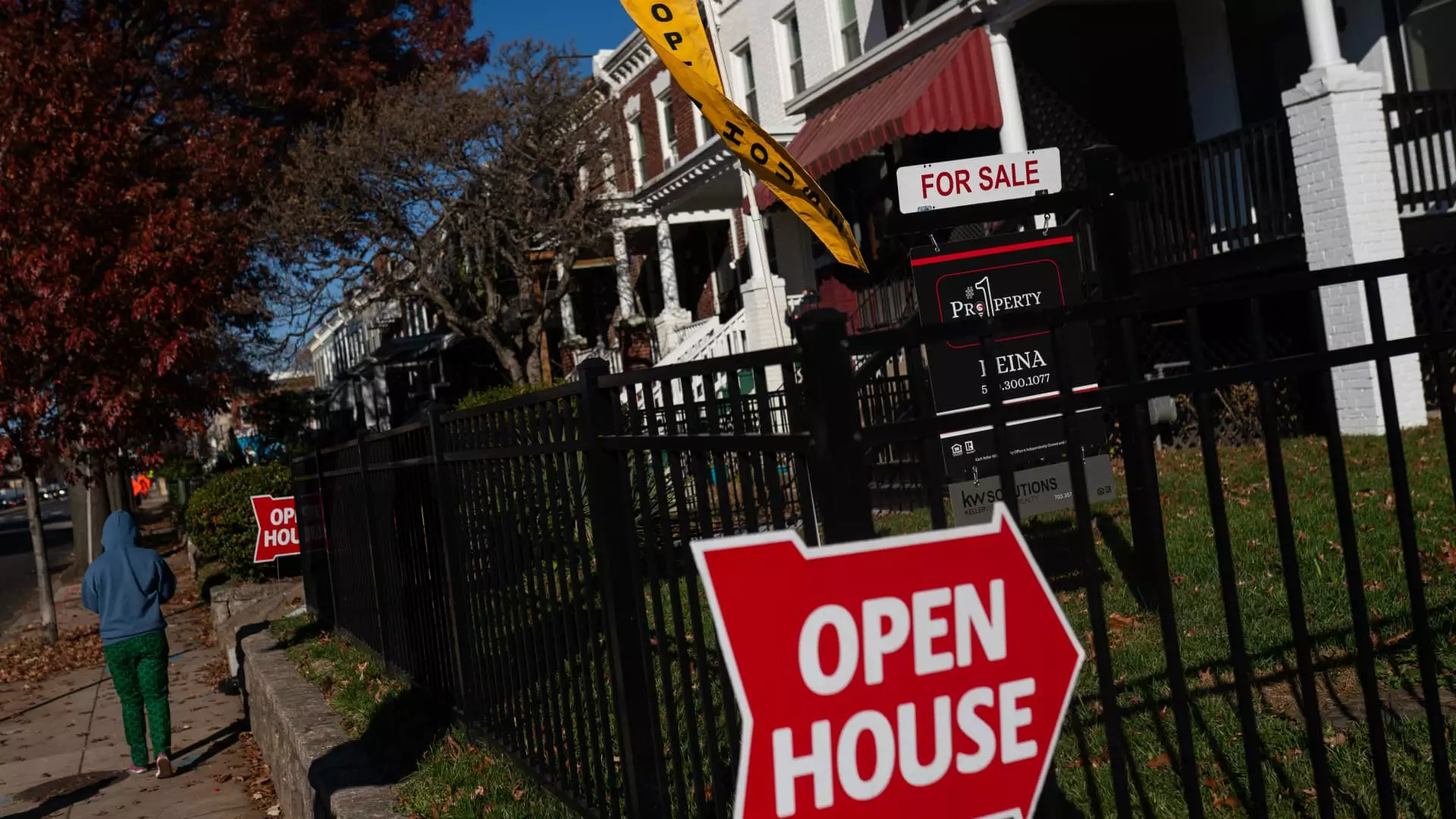Maryland Governor Wes Moore’s poignant recollection of his youth illustrates a deeper truth about the American dream and the struggle for stability. At just eight years old, when faced with behavioral challenges, Moore’s mother contemplated military school as a corrective measure. This harrowing decision ultimately shaped his future, as he found structure that would transform his life at a pivotal age. However, the underlying issue looms large: how many families, like Moore’s, find themselves navigating the treacherous waters of financial barriers in pursuit of stability? His candid mention of the sacrifices made by his immigrant grandparents to fund his education highlights the sacrifices made on behalf of the American dream—sacrifices that are increasingly challenging to navigate in today’s economic climate.
The notion that homeownership is a cornerstone of security resonates powerfully. For many, it embodies not just shelter but the potential for wealth generation and the creation of generational legacies. Moore’s emphasis on housing as an “investment” speaks volumes about societal values. Yet, his narrative unfolds against a backdrop of stark economic disparities, where young Marylanders increasingly feel the pressure to abandon their home state due to ballooning housing costs. This sentiment is echoed nationwide, creating a grim picture for future generations attempting to establish roots and build equity in a city or state they love.
A Generation in Limbo
Today’s young adults face an unnerving reality: the dream of homeownership feels more elusive than ever. The statistics are alarming—those aged 35-44, the demographic typically seeking to settle down, are experiencing a decrease in homeownership rates not seen in over 40 years. The stark contrast between contemporary average home prices and median incomes reveals a painful disparity; housing has become a luxurious dream rather than a viable goal. This widening chasm highlights not just economic data but the emotional strain that accompanies unattainable aspirations.
It is no mere coincidence that individuals caught in the waves of economic uncertainty are often from lower-income brackets. The Urban Institute’s research makes a compelling case: individuals in these groups are significantly less likely to achieve homeownership, undermining their ability to build wealth. Personal stories of lifelong renters resonate throughout these statistics, illustrating a cycle of financial stagnation where acquiring property becomes an increasingly distant prospect.
But is there hope? Perhaps the solution lies in a fundamental shift in policy that proactively facilitates rather than hinders homeownership. Measures such as down payment assistance, innovative educational programs, and the reduction of zoning restrictions could set the stage for an authentic American dream for all, rather than just the privileged few.
The Uphill Battle for Economic Mobility
The racial disparities entrenched in homeownership rates reflect a troubling truth about America’s economic landscape. With Black homeownership hovering below 50%, countless families find themselves trapped within a rental market that restricts wealth accumulation. The incremental gains made by certain racial groups mask the systemic issues that uphold inequity. Policies that aim to bridge this gap should not only acknowledge existing barriers but actively dismantle them, ensuring equitable access to housing for all.
For many Americans, the connection between homeownership and economic mobility can no longer be overlooked. As we consider data from the National Association of Realtors, one cannot ignore how these disparities perpetuate cycles of poverty and division. It is essential to recognize that homeownership remains a key pillar for many aspiring families and individuals. Bridging the gap to accessible housing will necessitate concerted efforts across government, private sector, and community initiatives.
A Call for Urgent Action
The mounting pressures on millennials and Gen Z encompass both economic uncertainties and a chilling societal realization that the American dream has become a mirage for many. Each statistic captured in reports echoes a personal story of frustration and resignation. Young people are deprived of the fundamental opportunity to lay down roots and build equity in their communities—not merely due to market forces, but due to systemic failures that prioritize profit over people.
If policymakers do not respond with urgency, we risk sentencing an entire generation to a life of uncertainty, where housing insecurity becomes the norm rather than the exception. In the forthcoming years, financial assistance, education reforms, and housing policies must become part of the conversation. If we remain silent or inactive, we allow the gap between promise and reality to widen further, transforming dreams into distant fantasies. These unfulfilled aspirations echo through society and signal the dire need for substantial reform—an imperative we can no longer afford to ignore.

